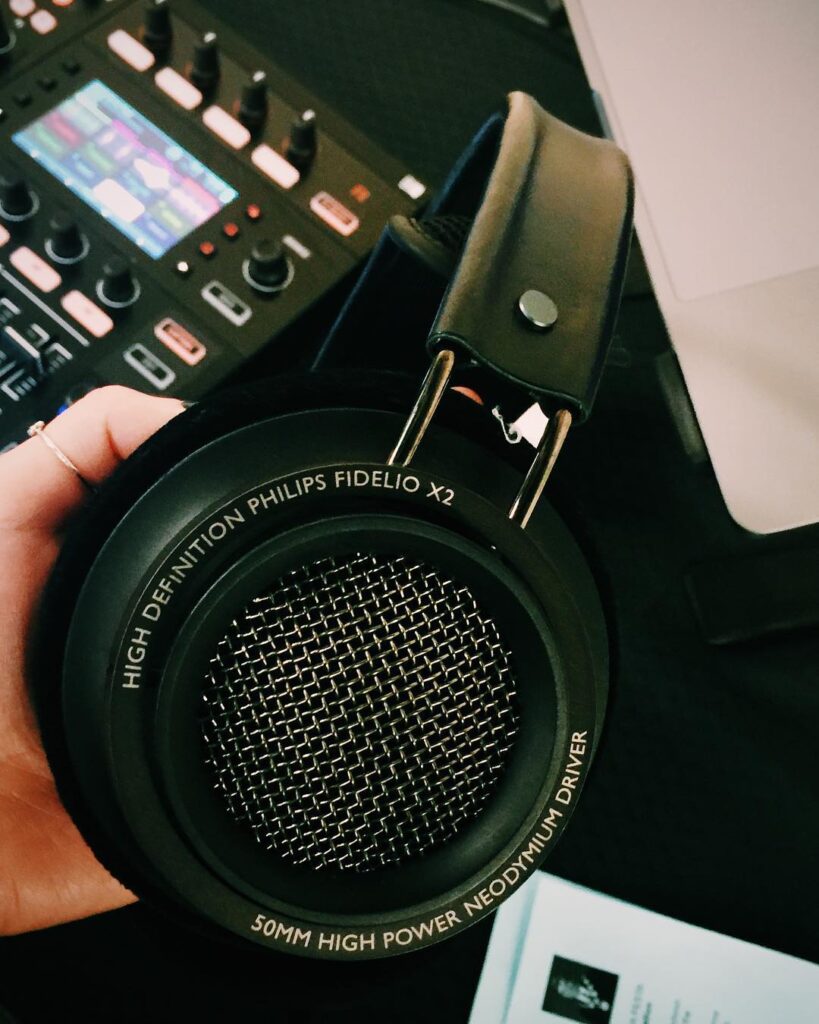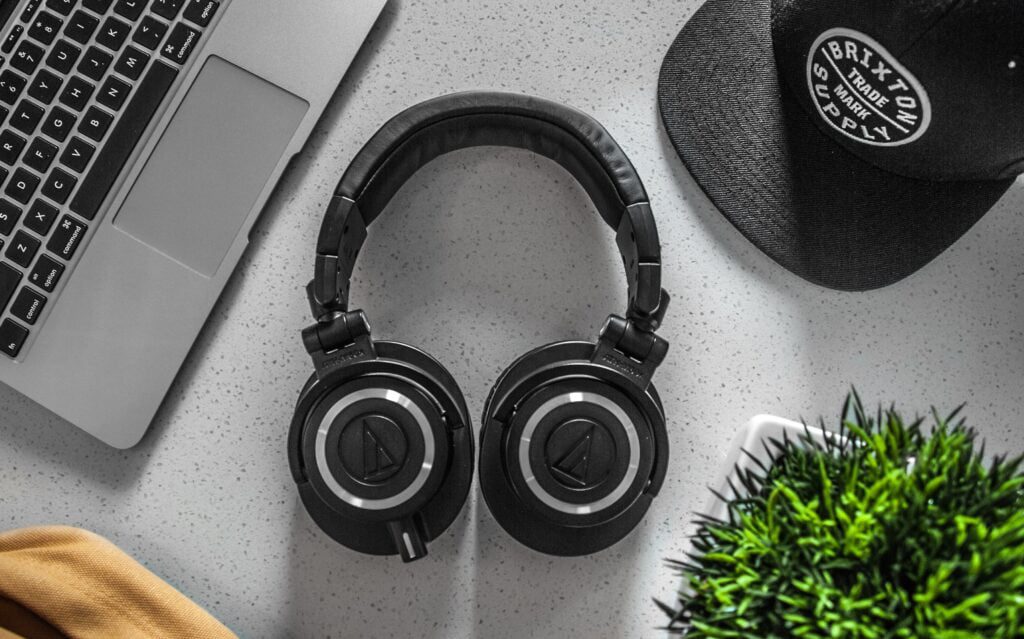Headphones are a source of joy, we are using them in our leisure time. Instead of giving you a comfortable experience, they are causing discomfort can be a worrisome thing. In this article, I will guide you about the topic “ How to make headphones more comfortable”. First of all, whenever you are buying headphones, try to find a good comfortable one with a good headband with padding and an ear pad with a nice cushion. But let’s say you bought headphones and now it’s hurting you in the long run here is what you can do.
Understanding Your Discomfort
Before diving into solutions, let’s identify the root cause of your headphone woes. Here are common discomfort factors:
- Clamping Force: Over-ear headphones, particularly those with a tight clamp, can squeeze your head and ears, causing pain and fatigue.
- Ear Pad Material: Cheap or hot materials like leatherette can trap heat and cause sweating, leading to irritation.
- Headband Pressure: A headband that digs into your scalp can be a major discomfort source.
- Improper Fit: Headphones that are too big or too small can cause them to shift or feel loose, impacting comfort and sound isolation.
- High Volume: In a study published in NIH by Stephen E Widen a group of people listening to music of more than 85 dB caused them discomfort and exhibited a poorer mean threshold.
How To Make Headphones More Comfortable
Now that we understand the culprits, let’s tackle them one by one:
Upgrading Ear Pads
Ear pads are the first point of contact for your ears. Investing in replacements can significantly enhance comfort. Here’s what to consider:
- Material: Opt for soft, breathable materials like velour or memory foam. These materials conform to your head shape and provide better pressure distribution.
- Thickness: Thicker ear pads create more space for your ears, alleviating pressure and reducing driver contact. Look for pads specifically designed for your headphone model, or consider universal ear pads with adjustable depths.
- Cooling Properties: Some ear pads are infused with cooling gels or have ventilated designs to minimize heat buildup. These are ideal for hot climates or extended listening sessions.
Replacing Ear Pads: Most ear pads are detachable and easily replaced. Consult your headphone manual or online tutorials for specific instructions. They are available on companies’ websites, for example, if you want to see the Sony headphones manual here is a link to check them.
Adjusting the Headband
Headband tightness plays a crucial role in comfort. Here’s how to find the sweet spot:
- Adjustable Headbands: Many headphones come with adjustable headbands. Experiment with different positions to find a snug but comfortable fit.
- Stretching (Use with Caution): A gentle stretch can help loosen the clamping force for non-adjustable headbands. Place the headphones over a stack of books or a box slightly wider than your head and leave them for a few hours. Be cautious not to overstretch, as this can damage the headband.
Headband Covers: If your headband lacks padding or feels too rough, consider adding a soft fabric or memory foam cover. These can be purchased online or DIYed for a custom fit.
For example, you can see in this pic the headphones have very little padding and these headphones hurt in long usage.
What you can do is you can add a fabric by yourself or purchase it and cover the headband to make it more comfortable, this added padding can be seen in this pic and can give you comfort in long usage.
Taking Breaks and Maintaining Hygiene
Even the most comfortable headphones benefit from regular breaks. Here are some healthy listening practices:
- The 50/10 Rule: Listen at moderate volume for 50 minutes, then take a 10-minute break to allow your ears to rest.
- Keep it Clean: Dirt and sweat buildup on ear pads can lead to irritation. Regularly wipe down your ear pads with a damp cloth to maintain hygiene.
Finding the Right Fit
Headphones come in various sizes, and choosing the right one is crucial for comfort and sound quality. Here’s how to ensure a proper fit:
- Over-Ear vs On-Ear: Over-ear headphones completely enclose your ears, while on-ear headphones rest on them. Choose over-ear for better sound isolation and comfort during extended use.
- Consider Your Head Size: Headphone size descriptions (e.g., full-size, on-ear) can be vague. Measure your head circumference and compare it to the manufacturer’s size guide before purchasing.
Trying Before You Buy: Whenever possible, try on headphones before purchasing to assess their comfort and fit.
How to Make Headphones Tighter
While most headphone users crave comfort, some might find their headphones too loose. Here are solutions for a snugger fit:
- Headband Adjustments: If your headphones have an adjustable headband, tighten it for a more secure fit.
- Ear Pad Replacements: Consider replacing worn-out ear pads with thicker ones to create a tighter seal around your ears.
- Headband Covers: Adding a thicker headband cover can provide a tighter fit, especially for on-ear headphones.
- Third-Party Accessories: Some manufacturers offer headband replacement kits with varying tension levels for a customized fit.
Caution: While achieving a tighter fit is desirable in some cases, it shouldn’t cause discomfort or strain.
How to Make Headphones Fit a Small Head
If you have a smaller head, finding comfortable headphones can be a challenge. Here are some solutions to make over-ear headphones fit snugly without compromising on sound quality:
- Utilize the Headband Adjustments: Most headphones have adjustable headbands. Maximize the inward extension on both sides to achieve the tightest fit possible.
- Employ the Hair Tie/Headband Trick: For an extra layer of security, wrap a hair tie or a thin headband around the outside of the headband, creating a smaller circumference. This trick adds a bit of bulk and prevents the headphones from slipping off easily.
Important Note: Avoid using thick headbands or excessive force when applying this technique. The goal is a snug fit, not an uncomfortably tight one.
- Consider Aftermarket Ear Pads: Standard ear pads might leave a gap around your ears, impacting both comfort and noise isolation. Look for aftermarket ear pads specifically designed for smaller heads. These pads typically have a shallower profile and a smaller inner diameter, creating a better seal around your ears.
Benefits Beyond Comfort: Using smaller ear pads can also improve sound quality. By creating a tighter seal, more sound from the drivers reaches your ears directly, minimizing sound leakage and enhancing bass response.
- DIY Solutions (Proceed with Caution): If you’re comfortable with DIY projects, you can try adding padding to the existing ear pads. Thin memory foam or fabric strips can be inserted inside the ear pad covers to create a tighter fit. However, be cautious not to add too much padding, as this can alter the sound signature of the headphones.

Alternative Options:
- On-Ear Headphones: For some listeners with small heads, on-ear headphones might be a better choice. They naturally sit on your ears rather than around them, potentially providing a more comfortable fit.
- Headphones Designed for Kids: Some manufacturers offer headphone lines specifically designed for children. These headphones are typically smaller and lighter, making them a good option for adults with small heads.
- Ear Buds: If no solution is working for you
Finding the Perfect Fit:
Ultimately, the best way to ensure a comfortable fit is to try on headphones whenever possible. Look for stores with generous return policies so you can experiment with different models and sizes.
Conclusion
Headphones are meant to enhance your listening experience, not create discomfort. By understanding the common causes of headphone discomfort and applying the solutions outlined above, the most important and easy solution is additional padding and better cushion for the ear pad can transform your headphones into a heaven for your ears. Remember, prioritize comfort without sacrificing sound quality. With a bit of research and experimentation, you can find the perfect fit for a truly enjoyable listening experience.
This was all by my side on How To Make Headphones More Comfortable, If you have some suggestions in mind feel free to comment below.

I am Michael a Texas-based recording engineer and sound enthusiast. I contribute to Headphones Pedia’s efforts to educate readers about intriguing new devices and other audio-related issues by drawing on their experience working on several sound projects. I also use AI tools to assist with content creation.




